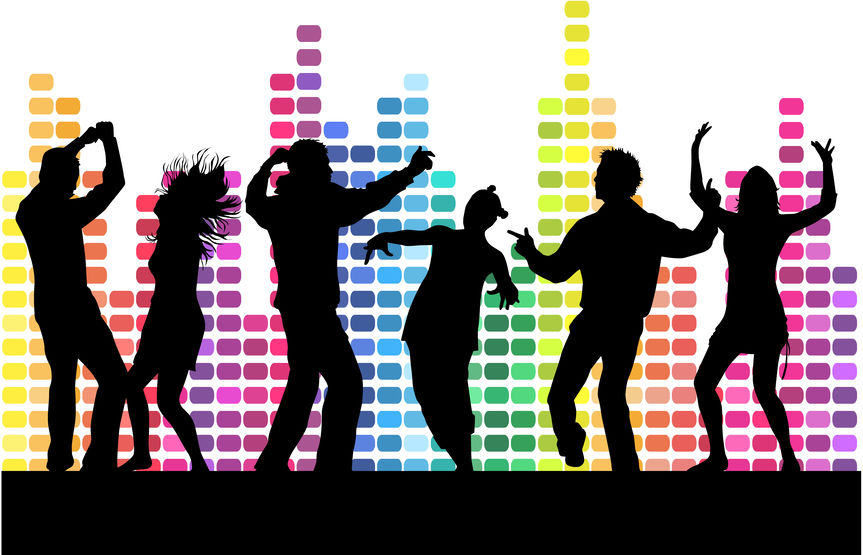Fortnite recently faced a “battle royale” in the courtroom. Epic Games, the company behind Fortnite, was sued by multiple parties claiming copyright infringement for using certain dance moves as “emotes” in the game. Such emotes included “The Carlton,” the “Milly Rock,” and “The Floss.”
However, throughout litigation, Epic Games contended that copyright law does not apply to dance moves. In addition to protecting forms of authorship, movies, and music, the Copyright Act also covers “pantomimes and choreographic works” that are fixed in a tangible medium of expression. Accordingly, dancers and dance choreographers may thus seek protection under this Act. For a work to be considered choreography under the Copyright Act, elements that should be present include:
- Rhythmic movements of one or more dancers’ bodies in a defined sequence and a defined spatial environment, such as a stage
- A series of dance movements or patterns organized into an integrated, coherent, and expressive compositional whole
- A story, theme, or abstract composition conveyed through movement
- A presentation before an audience
- A performance by skilled individuals
- Musical or textual accompaniment
So was Epic Games right when it said individual dance moves are not copyrightable? Technically speaking, yes, it was.
Can you copyright a dance move?
No, you cannot. Choreography—which is defined as “the composition and arrangement of a related series of dance movements and patterns organized into a coherent whole”— can be copyrighted under the Copyright Act. Accordingly, a single dance move cannot be copyrighted because it does not meet the definition of choreography.
The U.S. Copyright Office does not recognize “short dance routines of only a few movements or steps with minor linear or spatial variations, even if a routine is novel or distinctive,” as qualifiable for copyright registration. Individual steps or movements that do not fall under the protection of the Copyright Act include celebratory end zone dance moves or “The Carlton.”
To qualify for copyright registration, the original choreography must be recorded in a “tangible medium of expression in such a way that reveals the movements in sufficient detail to permit the work to be performed in a consistent and uniform manner,” which includes video recordings or textual descriptions. The Supreme Court in Fourth Estate Public Benefit Corp. v. Wall Street.com LLC held that copyright infringement lawsuits can only be filed when the Copyright Office registers the copyright.
Can you own a dance move?
No, you cannot own a dance move if it is not copyrightable. The U.S. Copyright Office does not recognize individual dance moves as falling under copyright protection. Similarly, a dance move cannot be trademarked, although the name of the dance move can be trademarked (e.g. “Tebowing”).
Did Fortnite commit copyright infringement by copying dance moves?
No, because dance moves—like the ones used in Fortnite’s “emotes”—cannot be copyrighted. Alfonso Ribiero of The Fresh Prince of Bel-Air attempted to copyright his signature “Carlton” dance move with the Copyright Office, but it was denied registration because an individual dance move cannot be copyrighted. On March 7, 2019, the court dismissed Ribiero’s action on notice of voluntary dismissal without prejudice. Similarly, the other Fortnite-dance-related cases have failed on the Copyright Office’s precedent of no protection for single dance moves and have been dismissed. Since these copyright infringement lawsuits, Fortnite creators have removed these dance moves from the game; the dance moves that were removed include “The Carlton,” “the Floss,” “the Milly Rock,” and “the Random.”








